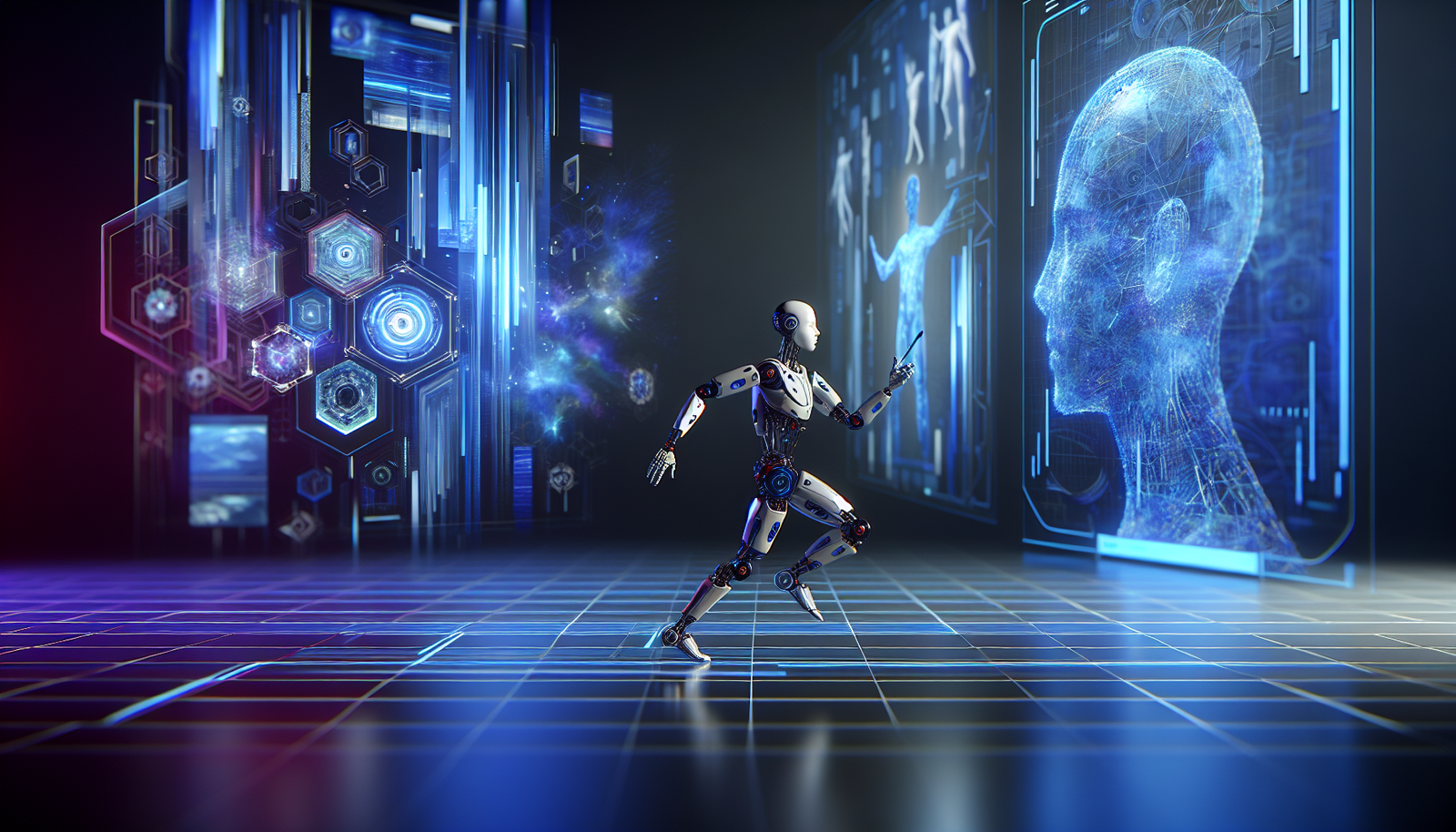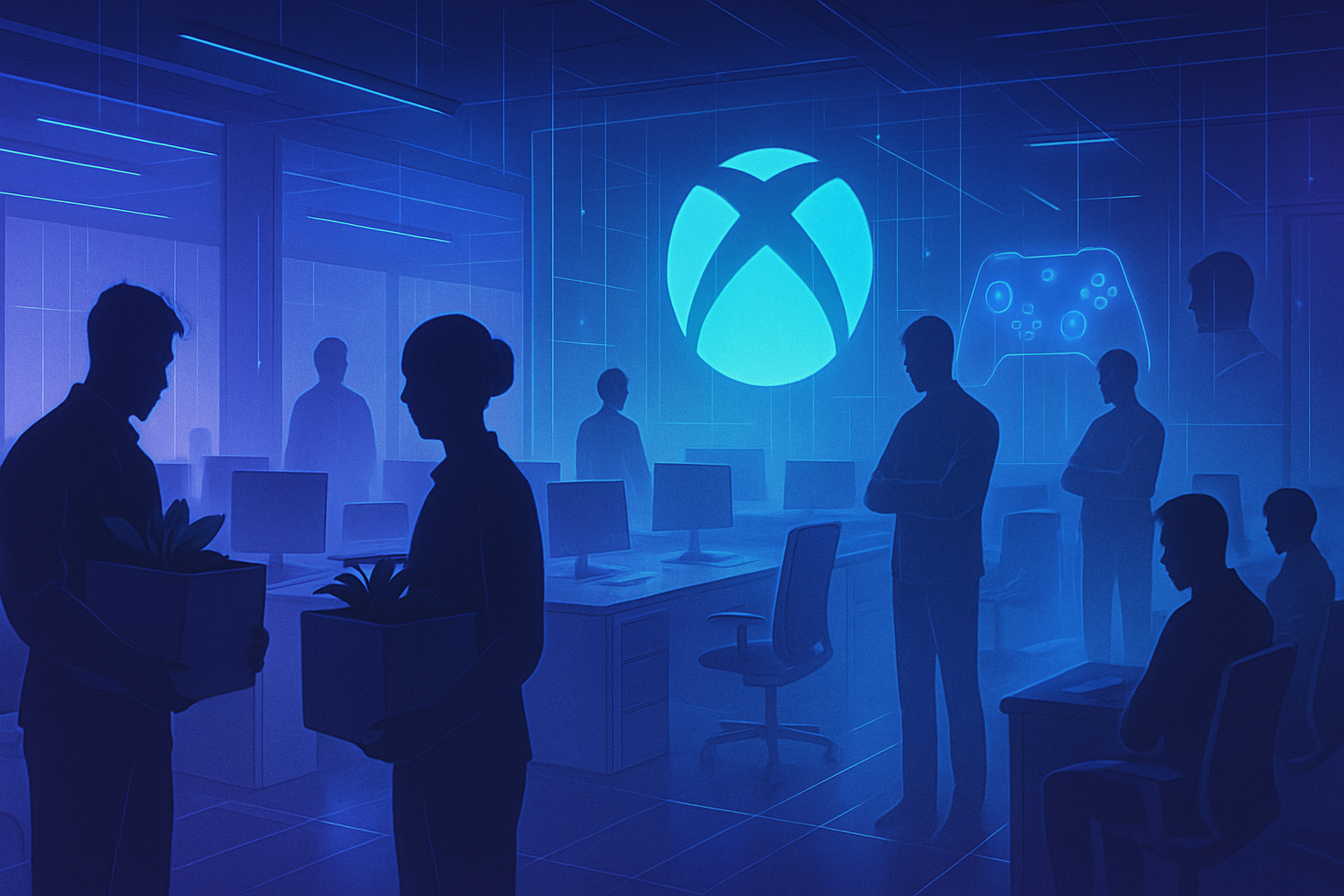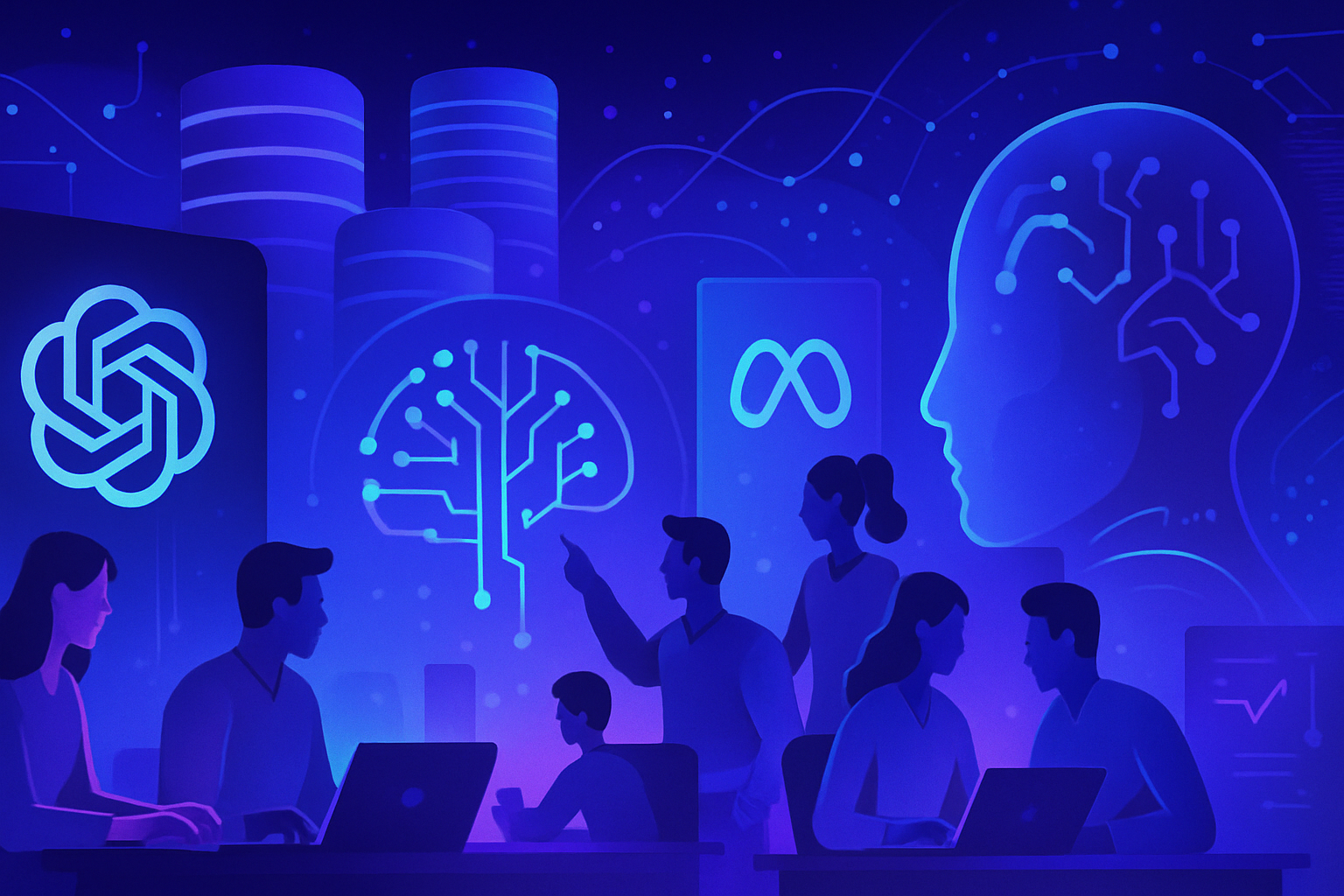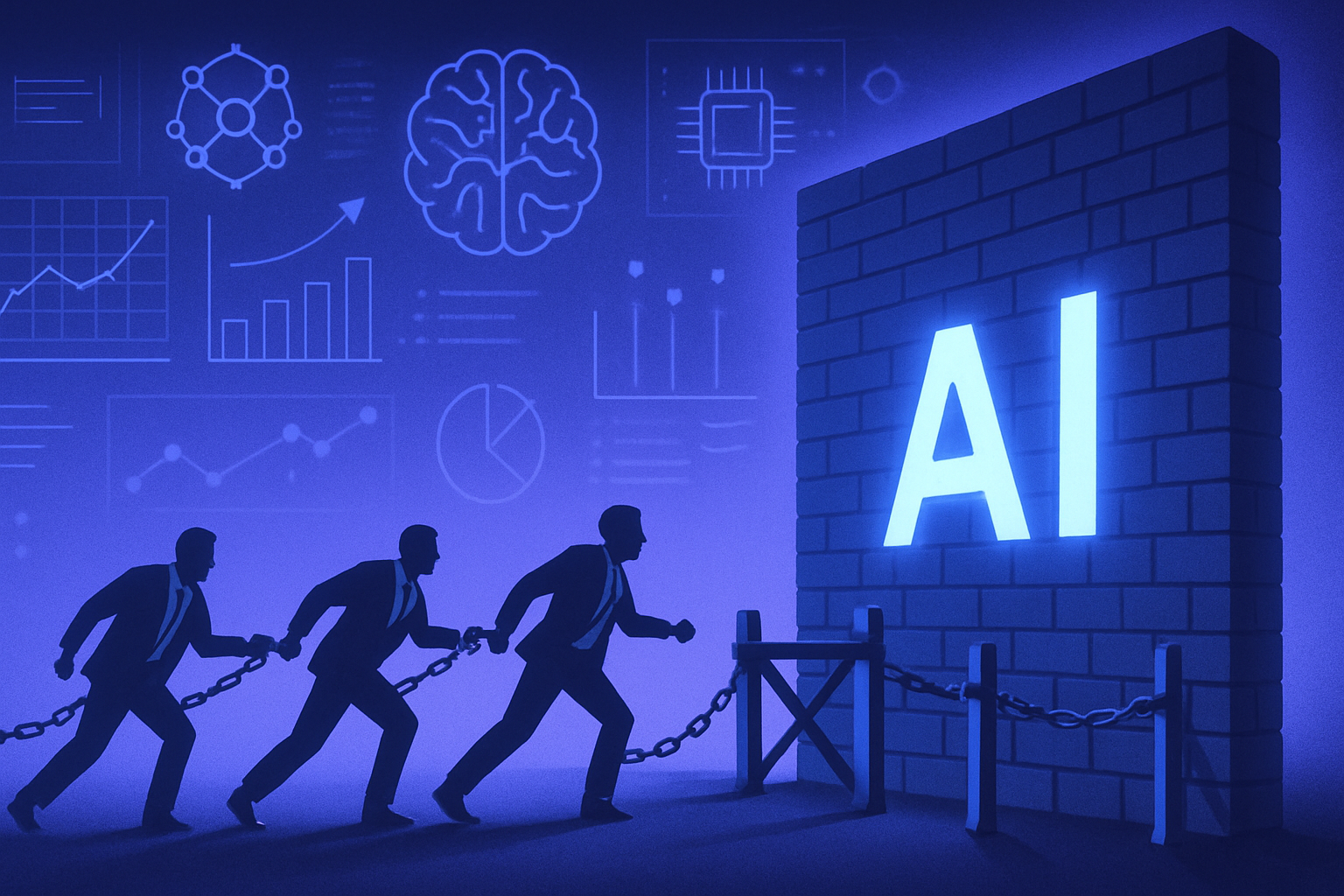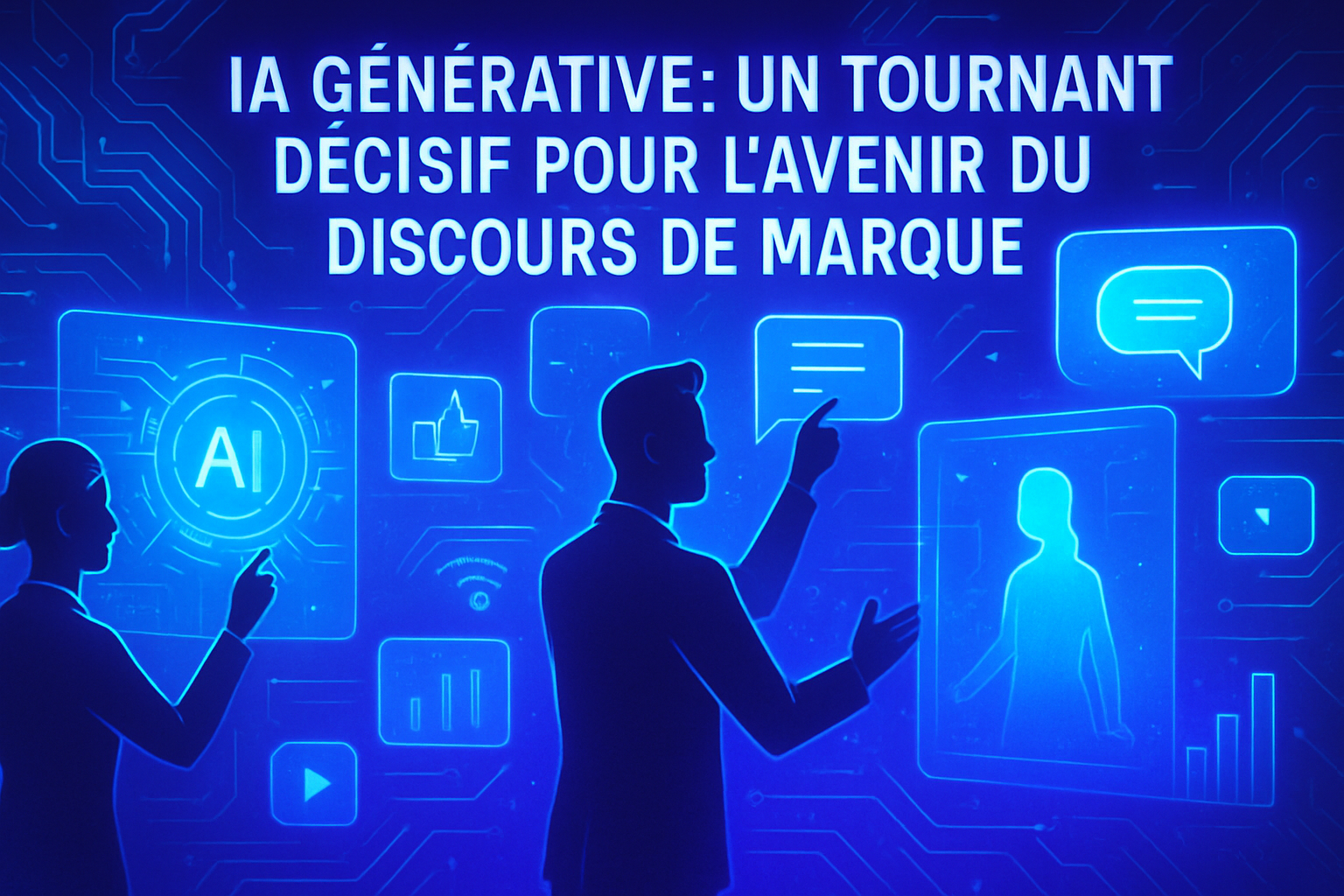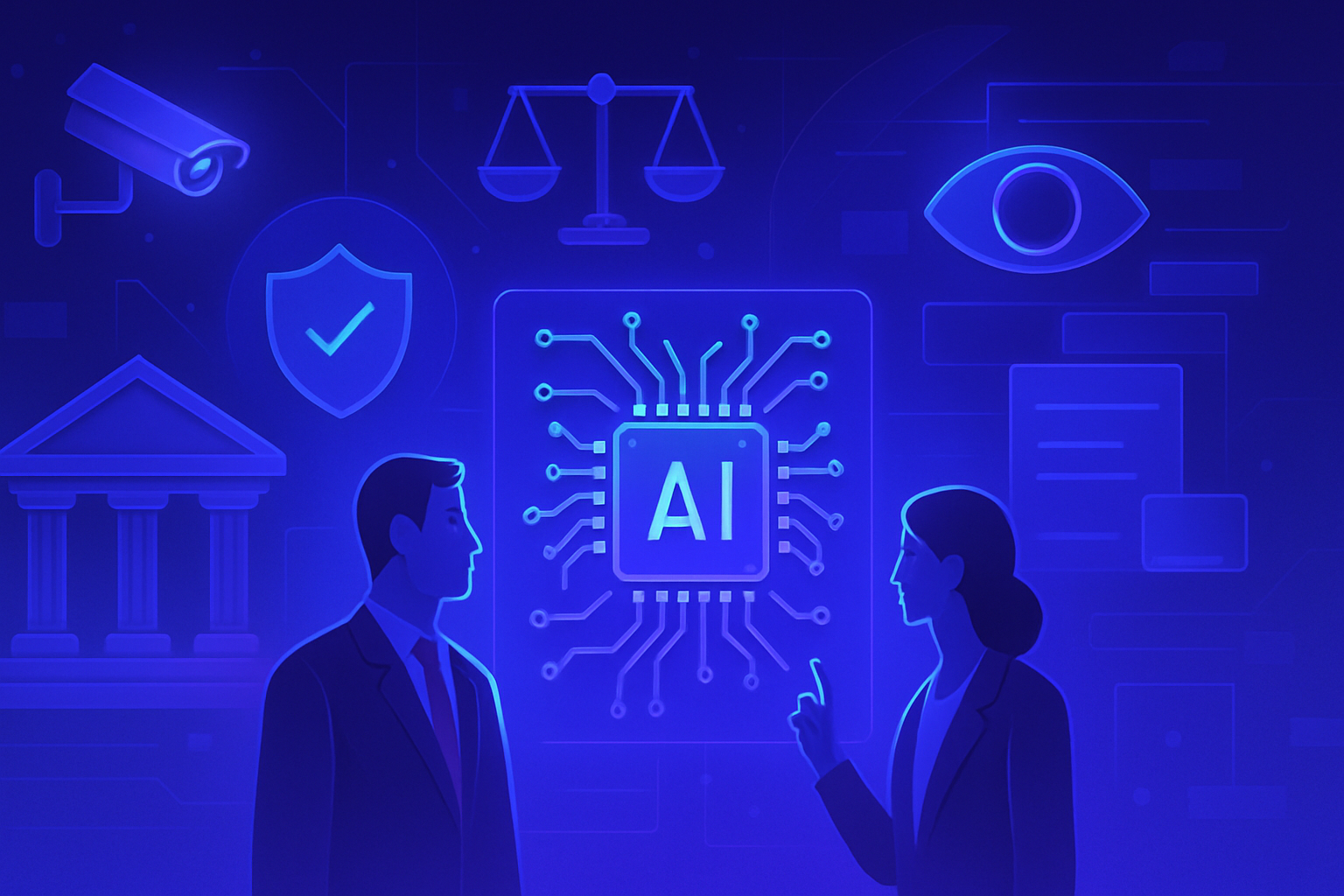Technological advancements are revolutionizing the creation and editing of human movements. The ability to generate _realistic movements_ transforms the fields of animation and video games. Researchers from Peking University are leveraging a _novel dynamic model_ to generate and refine the actions of human characters while simplifying the creative process. The fusion of textual instructions and motion data opens new perspectives for creators, thereby unleashing their creativity. The implementation of this technology proves promising, facing challenges in editing human movements and redefining standards of interaction between machines and users.
Significant Advances in Human Movement Generation
Researchers from the AI Institute at Peking University have unveiled innovative models capable of generating realistic human movements and editing existing ones. The research was published on the arXiv preprint server, opening promising prospects for animation, video games, and virtual reality. The proposed method relies on augmented data techniques and an innovative diffusion model.
MotionCutMix Technique: An Innovative Approach
Building on a training data technique called MotionCutMix, researchers have facilitated the learning of human edits. This process allows for the harmonious combination of different sequences of movements. For instance, the transition between the movements of an arm and a torso occurs smoothly through interpolation of interaction zones. This model resolves critical limitations by offering a flexible approach capable of handling a multitude of editorial scenarios.
MotionReFit: A Movement Generation and Editing Model
The MotionReFit model, developed in parallel, stands out for its ability to handle movement sequences segment by segment. Using textual instructions, it allows users to precisely modify human movements according to their desires. This model excels in managing spatial and temporal changes without requiring additional specifications about body parts.
Reduction of Annotated Data Requirements
A notable feature of MotionCutMix is its ability to require a reduced number of annotated examples. By using diverse combinations of movements, the model can generate infinite training variations from a limited number of labeled examples. This capability facilitates access to a broader database, devoid of annotations, which represents a significant asset.
Potential Applications in Various Fields
The implications of this research extend far beyond the academic realm. Animators can quickly iterate on character movements, while video game developers can create a wide range of movement variations. The integration of technology into humanoid-robot interactions, notably the ability to adjust movements based on natural language instructions, also increases its appeal.
Accessibility and Intuitive User Interface
Given that the system relies on a textual interface, it becomes accessible to non-expert users. These users can interact with the models without requiring technical knowledge in animation or programming. This accessibility could be extended to research in robotics, allowing substantial improvements in humanoid robot movements.
Future Research Perspectives
Researchers envision expanding the functionalities of their system, notably by integrating images as visual references. These adjustments aim to improve the adaptation of movements to environmental and contextual constraints. Emphasis on specialized attention mechanisms to follow sequential actions will also be a significant area of improvement.
Frequently Asked Questions
What is a dynamic model capable of creating realistic human movements?
A dynamic model is an artificial intelligence system designed to generate realistic movements of human or humanoid characters based on advanced algorithms. It can create and modify animations according to textual descriptions or precise instructions.
How does the process of editing existing movements work?
The editing process uses machine learning techniques that allow for precise adjustments according to the textual instructions provided by the user. By combining different parts of movements, the system creates smooth variations of original animations without requiring specific input data.
What is the difference between spatial and temporal modifications in the context of movements?
Spatial modifications refer to changes made to specific parts of the body during a movement (e.g., adjusting the position of arms or legs), while temporal modifications concern the adaptation of movements over a given period, influencing the rhythm or duration of animations.
Can the model be used by individuals without animation skills?
Yes, the system is designed to be accessible to non-expert users, thanks to a text-based interface that allows them to describe the desired changes without requiring technical knowledge in animation.
What types of content can be created using this model?
This model can be used to create a wide range of content, including animations for films, video games, training videos, and robotic interactions, thus offering richer and more realistic animations.
Is it possible to generate movements from unannotated data?
Yes, the model is capable of creating new training examples on the fly, allowing it to leverage vast libraries of unannotated motion data. This facilitates AI learning without requiring a large set of previously annotated data.
What is the importance of the MotionCutMix technique in the model?
MotionCutMix is crucial as it enables the generation of diverse training variations by combining different movement parts, improving the efficiency of AI while reducing the need for annotated examples, thus facilitating the learning of movement editing.
How does the model’s performance compare to other existing animation systems?
The model offers improved performance due to its ability to handle both spatial and temporal modifications. Research shows it can generate more realistic and fluid movements without incurring significant training time, distinguishing it from previous systems.
Can visual references be integrated into the movement editing process?
Researchers are considering adding the capability to use images as visual references, thus allowing users to provide visual demonstrations for more precise adjustments in future animations.
How does the model contribute to human-robot interaction?
The model can enhance interaction by allowing robots to adapt to human movements based on natural language feedback, making interactions more natural and accessible.
